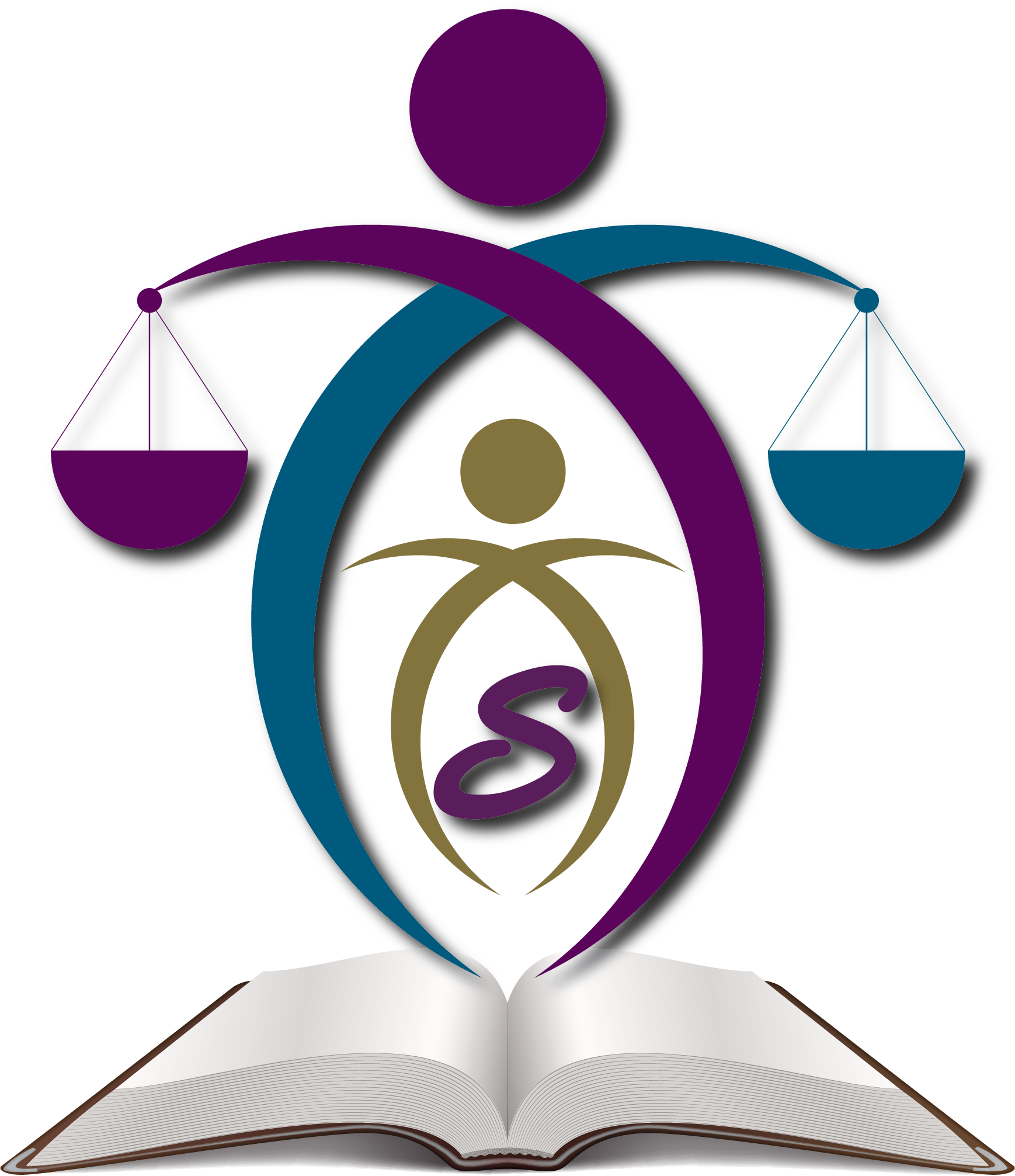
Coercive Control
Coercive Control | Understanding & Escaping Manipulative Abuse | Strong Family Law, PLLC
What Is Coercive Control?
Coercive control is a pattern of manipulative behaviors used by one person to dominate, intimidate, and psychologically trap another person. Unlike physical abuse, coercive control is often subtle and difficult to recognize, but it can be just as damaging. This form of abuse erodes a person’s independence, self-worth, and ability to make their own choices.
At Strong Family Law, PLLC, we help individuals identify coercive control, take legal action to protect themselves, and regain their freedom.

Resources for Identifying &
Reporting Coercive Control
The following resources may help if you or a loved one are experiencing coercive control:
- Idaho Domestic Violence Hotline: 1-800-669-3176
- National Domestic Violence Hotline: 1-800-799-SAFE (7233)
- Safe Passage: (208) 664-9303 https://www.safepassageid.org
- The National Center on Domestic and Sexual Violence: www.ncdsv.org
- National Coalition Against Domestic Violence (NCADV): www.ncadv.org
- Strong Family Law – Legal Services for Victims: (208) 444-4482
Strong Family Law can help you:
- File for a protection order against a controlling partner who has threatened you
- Modify custody agreements to protect children from emotional harm
- Seek financial independence through legal separation or divorce
- Gather evidence to support your case in court
- Describe your case so a judge can understand the harm you are experiencing

Signs of Coercive Control
Coercive control can take many forms, and it often escalates over time. Below are common warning signs:
Isolation from Friends and Family
- Discouraging or preventing contact with loved ones
- Controlling who you talk to, where you go, or what you do
- Monitoring your calls, texts, emails, or social media
- Making you feel guilty for maintaining outside relationships
Financial Control & Economic Abuse
- Controlling or limiting your access to money
- Making you account for every purchase
- Forcing you to quit your job or preventing you from working
- Stealing or hiding financial resources
Monitoring & Stalking
- Tracking your location using GPS or phone apps
- Installing cameras or surveillance in your home
- Demanding access to your phone, email, or passwords
- Frequently calling, texting, or checking in to track your movements
Psychological & Emotional Manipulation
- Using threats, intimidation, or fear to control you
- Gaslighting (making you doubt your own memories or perceptions)
- Shaming, belittling, or humiliating you
- Making you feel dependent or worthless
Restricting Personal Freedom
- Controlling what you wear, how you behave, or where you go
- Setting extreme rules or punishments
- Dictating your daily routine or choices
- Preventing access to medical care or therapy
Sexual Coercion & Reproductive Control
- Pressuring or forcing sexual activity
- Refusing to use birth control or forcing pregnancy
- Threatening harm if you refuse sexual advances
- Making sexual consent a condition for financial or emotional support
If any of these behaviors sound familiar,
you may be experiencing coercive control.
You are not alone, and help is available.
Click below to discuss your legal options.
Legal Protections Against Coercive Control
Coercive Control is now recognized in a few states as a form of domestic violence for family court, custody cases, and protection orders. Although Idaho does not have specific laws criminalizing coercive control, when the behaviors that constitute coercive control are described to judges in child custody and divorce disputes, many judges will take them into account.
Steps to Remove Yourself from Coercive Control
#1
Recognize the Abuse
The first step is acknowledging that coercive control is abuse. Many victims are made to feel as if they are overreacting or imagining things, but coercion is a serious violation of personal freedom.
#2
Document the Abuse
- Keep a journal of controlling behaviors, threats, or restrictions
- Save texts, emails, or voicemails that show coercion
- Take screenshots of financial control or tracking apps
- Record witness statements if safe to do so
#3
Create a Safety Plan
- Identify safe places to go if you need to leave quickly
- Set aside emergency funds in a separate account if possible
- Arrange a support system with trusted friends, family, or a domestic violence shelter
- Secure personal documents and consider changing passwords if safe to do so
#4
Seek Legal Protection
- Protection Orders – Courts may issue a protection order (informally called a “restraining order” by some) to limit the abuser’s contact with you
- Emergency Custody Orders – If children are involved, we can help secure a court order to protect them from coercive influence if they are in immediate danger
- Divorce & Separation – A legal separation or divorce can provide legal and financial independence
How We Can Help
At Strong Family Law, PLLC, we are dedicated to helping survivors of coercive control regain their independence, safety, and legal rights.
We offer: Legal representation in custody cases, divorces involving coercive control, and order enforcement, and compassionate, confidential legal guidance to help you take back control of your life
If you believe you are experiencing coercive control, do not wait. Call (208) 444-4482 today,
or click below to take the first step toward safety and legal protection.

